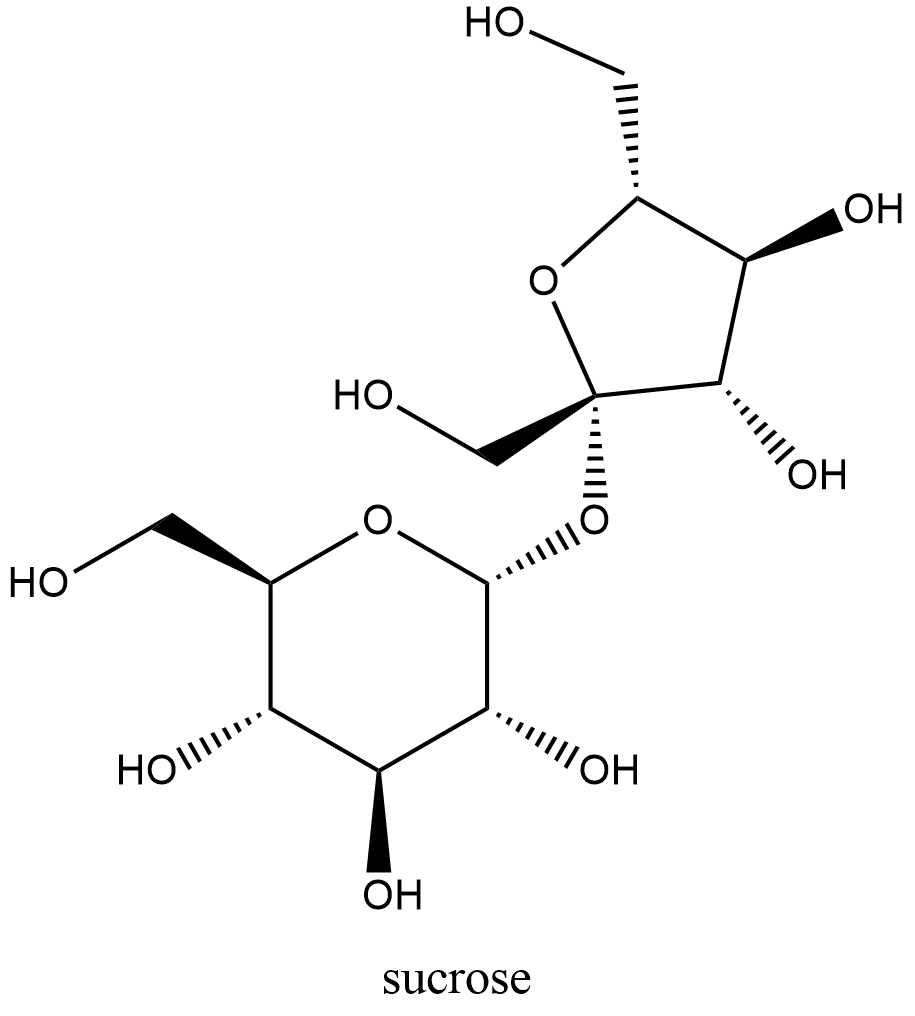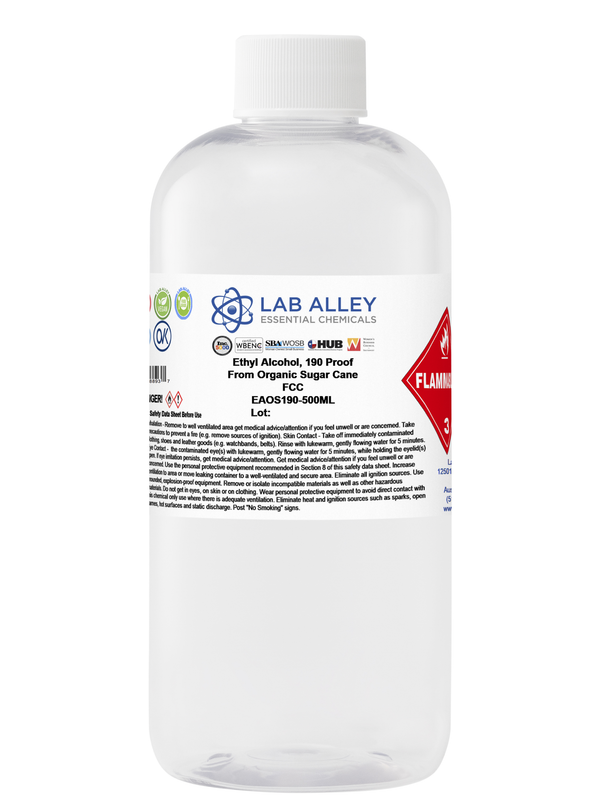Understanding the Diverse Roles of Sugar Cane in Agriculture and Production
Sugar Cane plays a critical role in both agriculture and manufacturing. As a major money plant, it influences economic climates in exotic regions. Its convenience extends past sugar production to biofuels and biodegradable products. Additionally, sugar Cane cultivation advertises soil health and biodiversity. Nevertheless, the full scope of its contributions and possible in lasting practices stays to be checked out. What cutting-edge measures could boost its function in future farming systems?
The Agricultural Significance of Sugar Walking Stick
Sugar Cane plays a vital role in farming, contributing significantly to the economic climates of several exotic and subtropical regions. This yard varieties grows in warm climates, needing adequate sunshine and water, making it an optimal plant for these areas. Sugar Cane is mainly grown for its high sucrose material, which serves as a vital resources for sugar production. Additionally, it plays a considerable duty in dirt conservation by stopping disintegration and enhancing dirt fertility with its development cycles. Sugar cane's considerable root system aids in water retention, profiting neighboring crops. In addition, the crop supports local environments by supplying environment and food for numerous wild animals species. Farmers often integrate sugar Cane right into crop rotation systems, improving biodiversity and farming durability. The growing of sugar Cane not just satisfies neighborhood food needs however also cultivates sustainable farming techniques, promoting long-lasting environmental health and wellness in farming communities.
Economic Contributions of Sugar Cane Cultivation
Although sugar Cane is commonly neglected, its economic contributions are significant, especially in establishing countries where it functions as an essential cash plant. The growing of sugar Cane produces substantial income for countless farmers, providing livelihoods and cultivating rural development. As a flexible crop, it supports different markets, consisting of sugar manufacturing, biofuels, and pharmaceuticals, as a result promoting regional economic climates.
Sugar Cane growing advertises task creation in agricultural industries, processing facilities, and transport networks. It also contributes to forex incomes via exports, improving nationwide financial security. In areas such as Brazil and India, sugar Cane plays a pivotal function in agricultural exports, boosting trade equilibriums.
Additionally, the plant's spin-offs, like bagasse and molasses, use more financial chances, made use of in power generation and pet feed. Thus, the economic influence of sugar Cane prolongs beyond plain growing, affecting broader industrial and farming landscapes.
The Process of Sugar Production From Cane

The journey from sugar Cane to refined sugar involves several key stages that highlight the complexity of sugar manufacturing. Initially, mature sugar Cane stalks are gathered and transferred to processing centers. The Cane is after that crushed to extract juice, which has a high concentration of sucrose. This juice goes through information, where impurities are gotten rid of, typically utilizing lime and heat
Next off, the made clear juice is vaporized to focus the sugar material. The resulting syrup is then subjected to formation, allowing sugar crystals to form. These crystals are separated from the staying syrup with centrifugation and cleaned to remove any recurring molasses.
The last involves refining, where sugar crystals are more detoxified and bleached, leading to the white granulated sugar commonly utilized in food products. This thorough process highlights the elaborate trip from raw Cane to the sugar that plays a necessary duty in various cooking applications.
Sugar Cane as a Resource of Biofuels
As interest in eco-friendly power sources grows, sugar Cane has become a substantial candidate for biofuel manufacturing. The plant's high sugar content makes it possible for efficient fermentation processes, transforming sugars right into ethanol. This biofuel functions as a sustainable choice to fossil fuels, lowering greenhouse gas discharges and promoting energy sustainability.
Countries like Brazil have long used sugar Cane for ethanol, establishing comprehensive production infrastructure that sustains both domestic power demands and international export. The farming of sugar Cane for biofuel has actually additionally produced economic chances, particularly in country locations, where it creates work and supports local farming.
Moreover, sugar Cane biofuels can be incorporated into existing gas systems, making them a practical solution for moving far from traditional energy resources. As technical advancements continue to enhance production efficiency, sugar walking stick's role in biofuel advancement is poised to expand, better adding to global efforts towards renewable resource fostering.
Innovative Usages of Sugar Cane in Biodegradable Plastics
An expanding variety of manufacturers and scientists are exploring ingenious uses sugar Cane in the production of naturally degradable plastics. Sugar cane, rich in sucrose, can be refined to establish polylactic acid (PLA), a biopolymer that acts as a choice to petroleum-based plastics. This bioplastic can be made use of in various applications, consisting of product packaging, disposable flatware, and agricultural films.
Making use of sugar cane-derived PLA offers several advantages, such as reduced dependancy on fossil fuels and the capacity for reduced carbon exhausts during production. Furthermore, sugar walking cane's renewable nature makes it an attractive selection in the pursuit for sustainable products. Current advancements in handling methods have boosted the performance and cost-effectiveness of creating these bioplastics, promoting greater adoption in the marketplace. As the demand for environmentally friendly solutions grows, sugar Cane stands apart as a useful source in the change in the direction of greener production techniques.
Ecological Advantages of Sugar Cane Farming

On top of that, sugar Cane calls for much less water contrasted to other crops, making it appropriate for farming in arid areas. Efficient use crop residues, such as bagasse, can lessen waste and offer renewable resource resources. Furthermore, sugar Cane farming can help with the facility of agroforestry this systems, developing a synergistic relationship between crops and trees. These techniques not only secure the environment but additionally promote sustainable agricultural practices, eventually profiting neighborhood communities and communities.
The Future of Sugar Cane in Sustainable Practices

The capacity for sugar Cane to add to sustainable energy resources is gaining traction. Biofuels originated from sugar Cane can significantly reduce carbon exhausts compared to nonrenewable fuel sources, aligning with global environment goals. Furthermore, innovations in waste monitoring permit the usage of by-products, even more minimizing environmental influence.
Research into drought-resistant sugar Cane ranges is additionally underway, using durability against environment modification. As stakeholders throughout the market embrace these lasting techniques, sugar Cane is positioned to play an important duty in fostering agricultural sustainability, ensuring its significance in future markets and adding favorably to ecological equilibrium.

Regularly Asked Inquiries
How Does Sugar Cane Affect Dirt Wellness and Fertility?
The impact of sugar Cane on dirt wellness and fertility is significant. Its substantial origin system improves dirt structure, while natural matter from decomposing fallen leaves adds essential nutrients, promoting overall fertility and supporting diverse microbial life.
What Are the Labor Conditions for Sugar Cane Workers?
Labor conditions for sugar Cane employees differ widely, usually defined by lengthy hours, reduced earnings, and harmful settings. Several face difficulties such as absence of access to healthcare and not enough safety steps against harmful conditions.
Can Sugar Cane Be Grown in Non-Tropical Climates?
Sugar Cane normally thrives in exotic climates due to its warmth and moisture demands. Nonetheless, specific non-tropical regions may efficiently grow it through details farming methods, though yields and quality might be significantly reduced.
What Vermin Typically Intimidate Sugar Cane Crops?
Parasites threatening sugar Cane plants include the sugarcane borer, aphids, and nematodes. These organisms can significantly affect crop yield, demanding reliable bug monitoring methods to guarantee healthy and balanced development and take full advantage of agricultural performance.
Just How Does Sugar Cane Cultivation Impact Local Communities?
The cultivation of sugar Cane significantly affects regional areas by giving employment possibility, boosting financial development, and influencing social structures. Additionally, it can result in hop over to here environmental obstacles, affecting farming techniques and area wellness in the region.
Sugar Cane is mostly grown for its high sucrose content, which serves as straight from the source an important raw material for sugar production. Farmers typically incorporate sugar Cane into crop rotation systems, boosting biodiversity and agricultural durability. The journey from sugar Cane to refined sugar includes a number of key phases that highlight the intricacy of sugar production. The last phase entails refining, where sugar crystals are additional purified and bleached, resulting in the white granulated sugar generally utilized in food items. The plant's high sugar web content enables reliable fermentation processes, converting sugars right into ethanol.